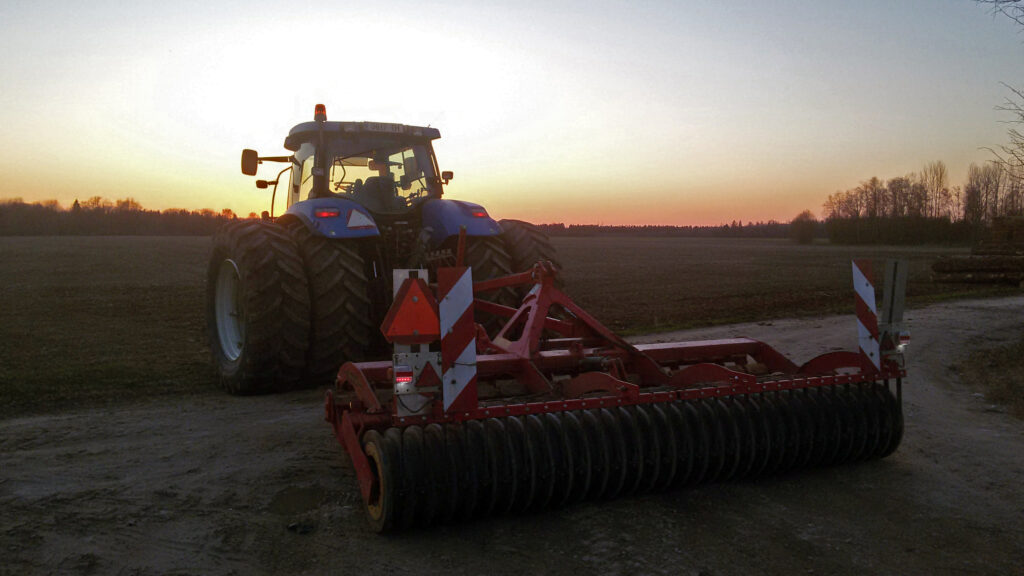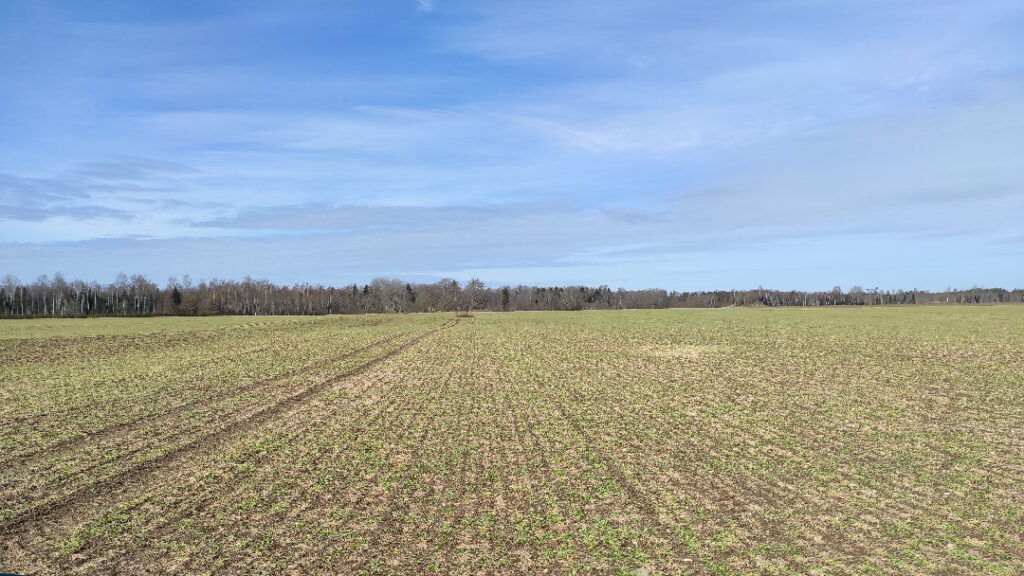As I don’t have animals (manure), mineral fertilizers serve as my primary source of plant nutrients. Impressions from the “Northern Roots” forum suggests that plants can obtain necessary nutrients from the soil’s existing supply, eliminating the need for additional fertilization. Can I reach that goal of sustainable agriculture? Perhaps someday, but the year 2024 will still involve spreading mineral fertilizers.
How do I choose fertilizers and ensure cost-effectiveness?
It all begins with the need for nutrients. Different crops require varying amounts of nutrients at different yield levels. Fertilizing for a 4-ton wheat yield differs from fertilizing for a 7-ton yield—simple 😊. To determine the required fertilizer for my desired yield, I’ve created an Excel table. By entering the crop and target yield (utilizing Fertilization ABC tables), find out how much of each nutrient is needed, and then I start filling that “empty shell.”
Firstly, I aim to efficiently meet the phosphorus (P) and potassium (K) requirements. I’ve added fertilizers sold by suppliers and prices to the table. Fertilizers have different nutrient compositions, and by matching them with the crop and yield, I find the most cost-effective solution. It’s not always true that the cheapest fertilizer is the best solution. The most expensive one may have the ideal nutrient ratio for the crop, requiring a significantly lower application rate than the “cheap” fertilizer, ultimately saving money.
There has been much talk and experiments regarding nitrogen fertilizers combined with sulfur for more efficient use. Over the years, I’ve mostly used nitrogen fertilizers with sulfur. This year I decided differently—why? Money, of course. I use nitrogen with sulfur only for crops with a higher sulfur requirement, such as winter rape and winter wheat. For other crops like oats and barley, I use pure nitrogen fertilizer. These crops require less nitrogen anyway, and sulfur is relatively unimportant to them.I like to ensure an equal balance of ammonium (slow) and nitrate nitrogen (fast) in nitrogen fertilizers. This fast-slow combination provides a more stable result under various weather conditions.



